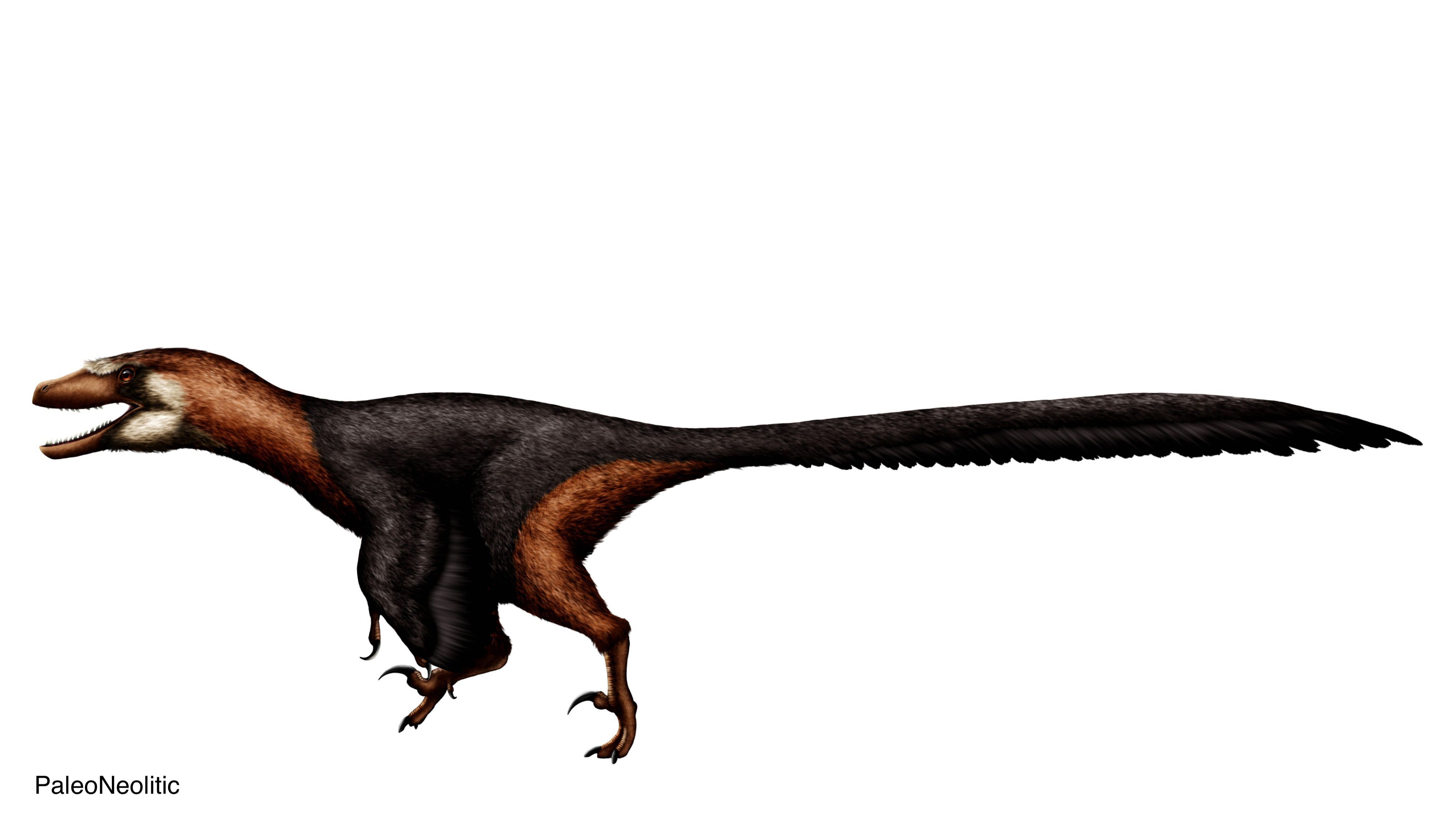Welcome to Achillobator

Name Definition
Achilles hero
Name Given By
Perle et al., 1999
Location
Bayan Shireh Formation in Mongolia
Classification
Dinosauria, Saurischia, Theropoda, Maniraptora, Dromaeosauridae, Eudromaeosauria, Dromaeosaurinae
Size
about 1.5 meters tall, 5-6 meters long, 348 kg (767 lbs)
Temporal Range
Cenomanian - Santonian stages of the late Cretaceous, about 96 - 89 million years ago
Ecological niche
possibly a pack predator
Species/Sub Species
A. giganticus
Diet
Achillobator would have hunted in packs to take down larger prey while it was capable of independently hunting smaller prey
Introduction
Achillobator is a genus of dromaeosaurid theropods that lived in Mongolia during the late Cretaceous. The prefix of the genus name derives from the Latin word Achillis in reference to the big Achilles tendon that supports the sickle claw on its foot. This sickle claw would have helped Achillobator pin down its prey and make it bleed until the blood loss was sufficient enough to kill the prey, then Achillobator would eat the remains. The suffix derives from the Mongolian word baatar which means hero. The species name giganticus means gigantic which refers to the fact that Achillobator exceeds the size of most dromaeosaurid genera. While it was originally discovered in 1989 by a Russian/Mongolian expedition, it was left unnamed for almost 10 years. Although the remains are partial, they were enough to help scientists identify Achillobator as a significantly large dromaeosaurid, and no other fossils were found after the description. In the past, Achillobator has been speculated of being a fossil chimera, which means that the fossil material provided and attributed to the genus might represent more than one dinosaur. The main evidence for this claim is that the pubis points vertically down. In other dromaeosaurids, the pubis usually points backwards in a way that is similar to birds. This causes the pubis to point in the same direction as the ischium. Despite this theory, however, some of the remains have been found to be partially articulated, and all the other fossils show characteristics of dromaeosaurid osteology. Today the most popular opinion is Achillobator being a dromaeosaurid with an unprecedented hip structure. Achillobator has also been found to be more related to dromaeosaurids like Dakotaraptor and Itemirus. Achillobator, like said before, is one of the largest dromaeosaurids discovered, and is a worthy competitor to some like Utahraptor and Austroraptor as well as the closely related Dakotaraptor in terms of size. Achillobator lived with many other genera of dinosaurs including many maniraptorans, ornithischians, pterosaurs, sauropods, and other kinds of theropods.